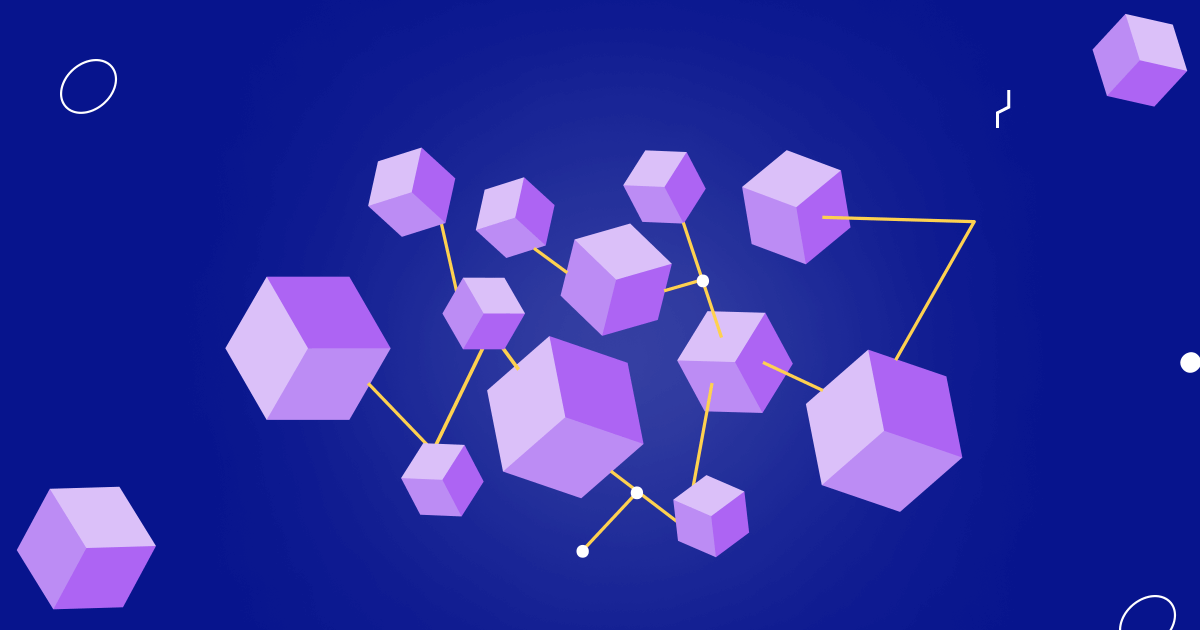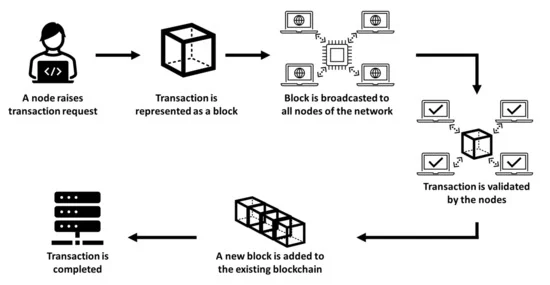Unlocking the World of Blockchain: A Learning Journey with Cyfrin Updraft
 Affan Imran
Affan Imran
Hey folks, recently I have started to explore decentralized technology. The first step to exploring this tech is understanding the fundamental basic concepts of blockchain. This blog will cover the basic blockchain concepts simply and easily.
Let’s get started!
What is Blockchain?
Blockchain is like a digital ledger that records transactions securely and unchangeably.
Imagine a notebook that everyone in a class shares, and once something is written, it can't be erased. Each page in the notebook represents a block, and all pages are linked, creating a chain. This ensures everyone has the same information, making it hard for anyone to cheat.

Smart Contracts and their Uses:
Smart contracts are like digital agreements that automatically execute when certain conditions are met. For your understanding, consider a vending machine: you put in money (condition), and the machine gives you a snack (execution). In the digital world, this could mean automatically transferring money when specific conditions in a contract are fulfilled.
Smart Contracts are used in various fields, like automating payment processes, ensuring delivery of services, or even in decentralized applications (DApps) where actions are carried out without intermediaries.
Transaction Fee:
Transaction fees are like small charges you pay when making transactions, similar to a service fee. Think of it like sending a letter – you might need to pay a small fee for the postal service to deliver it. In the blockchain world, transaction fees are essential for processing and validating transactions on the network, ensuring they are secure and efficient.
Gas Price:
Gas price is like the fuel cost for your car but in the blockchain space. When you want to execute something on a blockchain, like a smart contract, you pay a gas fee. It ensures your transaction is processed by the network. So, just as you need enough gas to drive your car a certain distance, you need enough gas to perform actions on the blockchain.
Private Key vs Public Key:
Private and public keys are like a secret code and its matching locks. Your public key is shared with others, like an address, allowing them to send you things. Your private key, however, is a secret only you know. It's like the key to the lock, allowing you to access and control what's sent to your public address.
Anyone can send you a letter (using your public key), but only you can unlock and read it (with your private key). It's the combination of both that ensures secure and private communication on the blockchain.
PoW vs PoS:
Proof of Stake (PoS) and Proof of Work (PoW) are two ways to secure a treasure chest. In PoW, it's like solving complex puzzles (mining) to open the chest. In PoS, it's more like having a certain amount of treasure (staking) to prove you deserve to open it. Both ensure the security of the chest, but they use different methods. PoW is like physical effort, and PoS is like proving you already own a part of the treasure to protect it.
Closing:
I have recently started to learn and explore blockchain technology and got early access to a new platform called Cyfrin Updraft!
What is Cyfrin Updraft?
It is a resource point for all Web3 and Blockchain developers for the ultimate tutorials. You can also check this out by visitinghttps://updraft.cyfrin.io/ and get early access by signing up on the platform. Happy Learning!
Follow up for more, and any sort of suggestion/feedback is appreciated.
Subscribe to my newsletter
Read articles from Affan Imran directly inside your inbox. Subscribe to the newsletter, and don't miss out.
Written by
